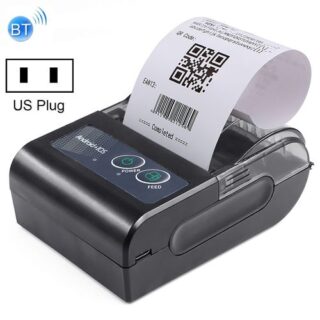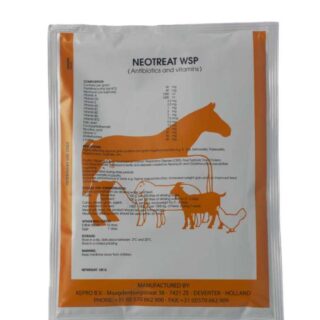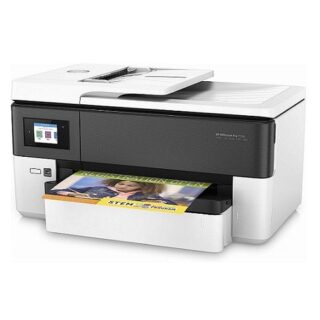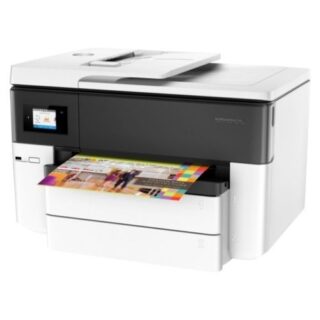Learn how to – How to integrate ONLYOFFICE Docs and Nextcloud on Ubuntu.
Welcome to our guide on how to create a collaborative environment on Ubuntu by integrating ONLYOFFICE Docs, an open-source online office suite, with Nextcloud, an open-source file-sharing service. Following the steps described below, you will learn how to deploy the latest versions of the given software tools on your Ubuntu server, install the official integration app and configure it with ease.
ONLYOFFICE Docs and Nextcloud: main features
ONLYOFFICE Docs offers an official connector that makes it possible to integrate the ONLYOFFICE suite with the Nextcloud cloud storage. With the combined solution, you can:
- Create, edit and collaboratively work on text documents, spreadsheets and presentations;
- Create and fill out online forms;
- Share files with other users using various permission rights;
- Protect office documents with watermarks;
- Make the most of real-time document collaboration — two co-editing modes (Fast and Strict), Version History, Track Changes, comments, user tags and a built-in chat;
- Co-edit documents within several federated Nextcloud instances connected to one ONLYOFFICE Document Server;
- Enable JWT support to prevent unauthorized access to your documents.
The latest version of the integration app, v7.4, comes with support for new types of access rights (Commenting, Reviewing and Custom filter for spreadsheets), Dark Theme, new interface language (Catalan), disabling/enabling macros, quick file location access, and several important fixes. You can find the full changelog on GitHub if you want to learn more.
Installation of ONLYOFFICE Docs and Nextcloud
First of all, you need to deploy an ONLYOFFICE Docs instance and a Nextcloud instance. They can be installed either on different machines or on the same one. If you prefer the latter option, you will have to set up a custom port for ONLYOFFICE Docs. The reason is that both ONLYOFFICE Docs and Nextcloud use port 80 by default.
The ONLYOFFICE Docs instance must be resolvable and connectable both from Nextcloud and any other end clients. Also, it must be able to directly POST to the Nextcloud instance. To install the latest version of ONLYOFFICE Docs via Docker, you can refer to the following guide:
It’s worth mentioning that ONLYOFFICE Docs also runs on ARM-based devices. So, if your machine has an ARM chip, you can install the office suite without any problems.
When it comes to Nextcloud, you can install it by following this detailed guide:
When both ONLYOFFICE and Nextcloud are installed successfully, you can proceed with the next step.
Installation of the ONLYOFFICE integration app for Nextcloud
The official connector for Nextcloud developed by the ONLYOFFICE team can be installed in two ways. The easiest solution is to get it from the built-in application marketplace. To do so, you need to log into your Nextcloud instance as an administrator and follow these steps:
- Click the user name in the upper right corner;
- Select Apps;
- Access the Tools category;
- Find ONLYOFFICE among all available applications;
- Click Download and enable.
That’s it. The connector will be automatically downloaded.
The other alternative way is manual installation that also requires administrator rights. You can either get the integration app from the Netxcloud App Store or download it from GitHub. If you prefer the latter option, just download the latest version with this command:
sudo apt update && sudo apt install curl wget
VER=$(curl -s https://api.github.com/repos/ONLYOFFICE/onlyoffice-nextcloud/releases/latest|grep tag_name|cut -d '"' -f 4)
wget https://github.com/ONLYOFFICE/onlyoffice-nextcloud/archive/refs/tags/${VER}.tar.gzProvided commands will download the latest version of the integration app. It’s recommended to use the newest one. Then, unzip the archive:
tar -xvzf ${VER}.tar.gzAfter that, change the folder name to onlyoffice:
mv onlyoffice-nextcloud-*/ onlyofficeNow you need to clone the source code of the integration app and compile it:
git clone https://github.com/ONLYOFFICE/onlyoffice-nextcloud.git onlyoffice
cd onlyoffice
git submodule update --init --recursiveRegardless of how you got the integration app, from the Nextcloud App Store or GitHub, now you have the onlyoffice folder that you need to move to the Nextcloud server apps directory:
cp -r /root/onlyoffice/ /var/www/html/apps/Then, go to the apps directory:
cd /var/www/html/appsChange the owner so that the application can be updated right from the Nextcloud interface:
chown -R www-data:www-data onlyofficeLog into the Nextcloud instance and open the Settings page. Choose Apps and select Disabled apps. Click Enable for the ONLYOFFICE integration app. Now you can proceed with the configuration process.
Configuration of the ONLYOFFICE integration app
To configure the ONLYOFFICE connector for Nextcloud, go to Settings, select Administration and find ONLYOFFICE. You will see the following options in the Server settings section:
- ONLYOFFICE Docs address is the URL address of the ONLYOFFICE Document Server. This field is obligatory. If you installed ONLYOFFICE Docs on a custom port, you need to specify this port. For example, http://127.0. 0.1:8081/;
- Disable certificate verification (insecure) box is used to disable certificate verification and allows Nextcloud to establish connection with ONLYOFFICE Docs if you use self-signed certificates. However, we recommend that you replace your self-signed certificate with the one issued by a certification authority (CA);
- Secret key is used to sign data. For more information, please refer to the Enabling JWT section of this guide.
The Advanced server settings section contains some options that are useful if your current network configuration doesn’t allow for requests between the installed Nextcloud and ONLYOFFICE Docs instances using public addresses. If this occurs, you need to specify addresses for internal requests in these fields:
- ONLYOFFICE Docs address for internal requests from the server is the address that is used to access the ONLYOFFICE Document Server from Nextcloud;
- Server address for internal requests from ONLYOFFICE Docs is the address that is used to access Nextcloud from the ONLYOFFICE Document Server.
Specify the required options and click Save. After that, you will see other settings sections that allow you to adjust the integration app according to your preferences. If you want to learn more about each particular setting, please read the official documentation.
After making all the required changes, click the Save button below each settings section. Now you can make your integrated solution more secure.
Enabling JWT
ONLYOFFICE Docs uses JSON Web Token (JWT) to prevent unauthorized access. To enable this feature in your integration, you need to enable token validation and specify your secret key in the ONLYOFFICE Docs configuration. To do so, just follow these steps:
Step 1. Configure ONLYOFFICE Docs
First of all, you need to open the local.json file with any text editor. Since you installed ONLYOFFICE Docs via Docker, enter the ONLYOFFICE Docs container using the docker exec -it <containerID> bash command and open the /etc/onlyoffice/documentserver/local.json file.
Now enable token validation by setting the false values to true in these sections:
- services.CoAuthoring.token.enable.browser
- services.CoAuthoring.token.enable.request.inbox
- services.CoAuthoring.token.enable.request.outbox
Specify your secret key by replacing the secret value with a text string in three sections. The secret key must be the same:
services.CoAuthoring.secret.inbox.string
services.CoAuthoring.secret.outbox.string
services.CoAuthoring.secret.session.string
{
"services": {
"CoAuthoring": {
"token": {
"enable": {
"request": {
"inbox": true,
"outbox": true
},
"browser": true
}
},
"secret": {
"inbox": {
"string": "yoursecret"
},
"outbox": {
"string": "yoursecret"
},
"session": {
"string": "yoursecret"
}
}
}
}
}
Save the made changes and restart the services with this command.
sudo supervisorctl restart allFinally, specify the same secret key in the settings of the ONLYOFFICE integration app.
Congratulations! Now you have a collaborative environment where you can share files and co-edit documents built by integrating ONLYOFFICE Docs with Nextcloud on Ubuntu.
Thank you for using our tutorial. We hope this was helpful.






























Leave a Reply
You must be logged in to post a comment.